In 2022, South African billionaire Patrice Motsepe purchased Hidden Valley Wines near Stellenbosch for an estimated amount between R100 million and R120 million.
The farm was established by Dave Hidden, who had studied viticulture—the practice of making wine—at Stellenbosch University, where his professor told him that the piece of land was one of the best vineyard sites in South Africa.
Hidden purchased the property twenty years later, in 1998, and planted its first vineyards in 2002, marking the birth of Hidden Valley Wines.
Then, in 2015, Hidden decided to sell the property, with Capitec co-founder and former CEO Riaan Stassen taking the reins of the farm and its 20 hectares of vineyards.
It was Stassen who implemented various art projects on the premises, including commissioning artist Willie Botha to construct a new icon for the brand.
However, this was not just a logo but a physical sculpture that remains on the farm’s property to this day.
Coming from a business background and having worked in Distell’s retail department for several years, Stassen knew that customers had to associate an icon with the brand immediately.
Botha drew inspiration from the Helderberg Mountains and the boulders that had rolled down and landed on the farm, which lies at the foot of the mountain.
He decided to design a sculpture that would create the impression of an ancient civilisation that had lived in the mountains and like the boulders, sculptures had also descended into the valley over time.
Botha began by studying classical faces and sculptures from the Hellenic period in Greece and created a life-size model of the face he envisioned.
He then broke off pieces to achieve the fragmented effect, making it appear as though it were the remnant of a sculpture that had tumbled down the Helderberg mountain.
This was scanned and enlarged fifteenfold, creating a foam mould of the face that allowed Botha to cast the sculpture in bronze.
After it had been completed in his Hermanus workshop and foundry, the piece was transported to Stellenbosch and placed on the farm.
The face now features on everything from the winery’s labels, olive products and even chocolates.
Hidden Valley wines
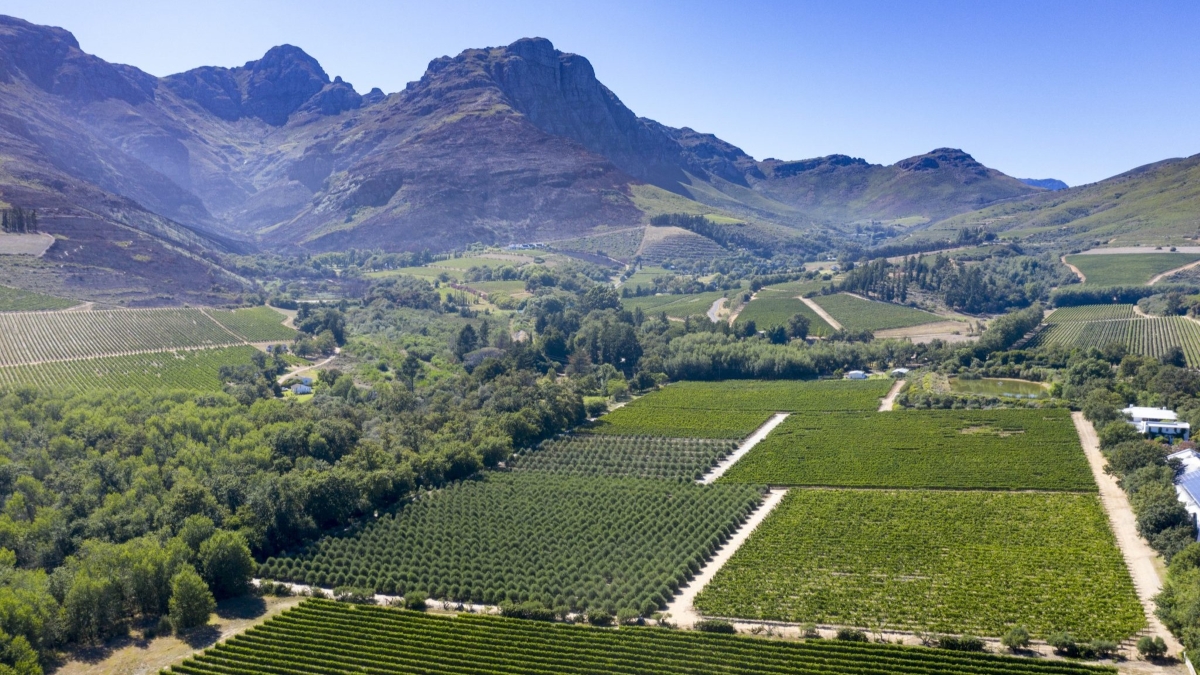
Image: Facebook
Of the 20 hectares of vineyards, 5.7 hectares are dedicated to Shiraz varietals, 5.3 to Cabernet Sauvignon, and 5.6 to Sauvignon Blanc.
Annalie van Dyk, the farm’s winemaker, boasts a résumé with impressive international experience, having worked with Andy Erickson of Screaming Eagle fame in Napa, California.
She also spent time in France’s Loire Valley working with Sauvignon Blanc, Chenin, and Gamay.
The farm typically produces Sauvignon Blanc, Viognier, Merlot, and South African sparkling wine, with prices ranging between R135 and R220.
Hidden Valley also has three hectares of land dedicated to producing two olive varietals. Seventy percent of the olives are used to make olive oil, while the remainder are used to make table olives.
While most wine farms may offer traditional wine tastings—sometimes paired with olives or cheese—Hidden Valley takes this one step further.
The farm offers guests wine and Belgian chocolate pairings, with some chocolates even moulded in the shape of the iconic bronze face sculpture.
In addition to wine and olive tasting, Hidden Valley offers visitors the opportunity to explore the local environment on a nature trail that runs through the farm and the dam situated on the property, open seven days a week.
There are also two restaurants—namely, The Deck, an eatery serving burgers and pizzas on a floating deck, and The Terrace, where guests can enjoy wine tasting as well as a choice of three mains and three desserts.
Photos of Hidden Valley
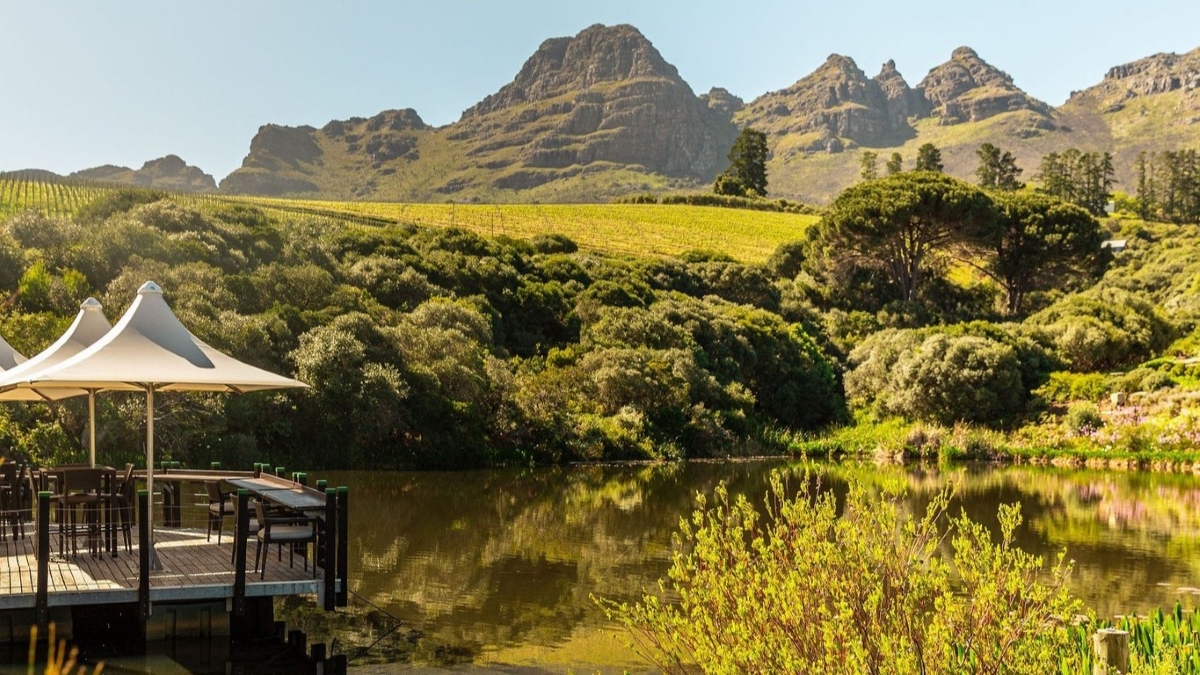
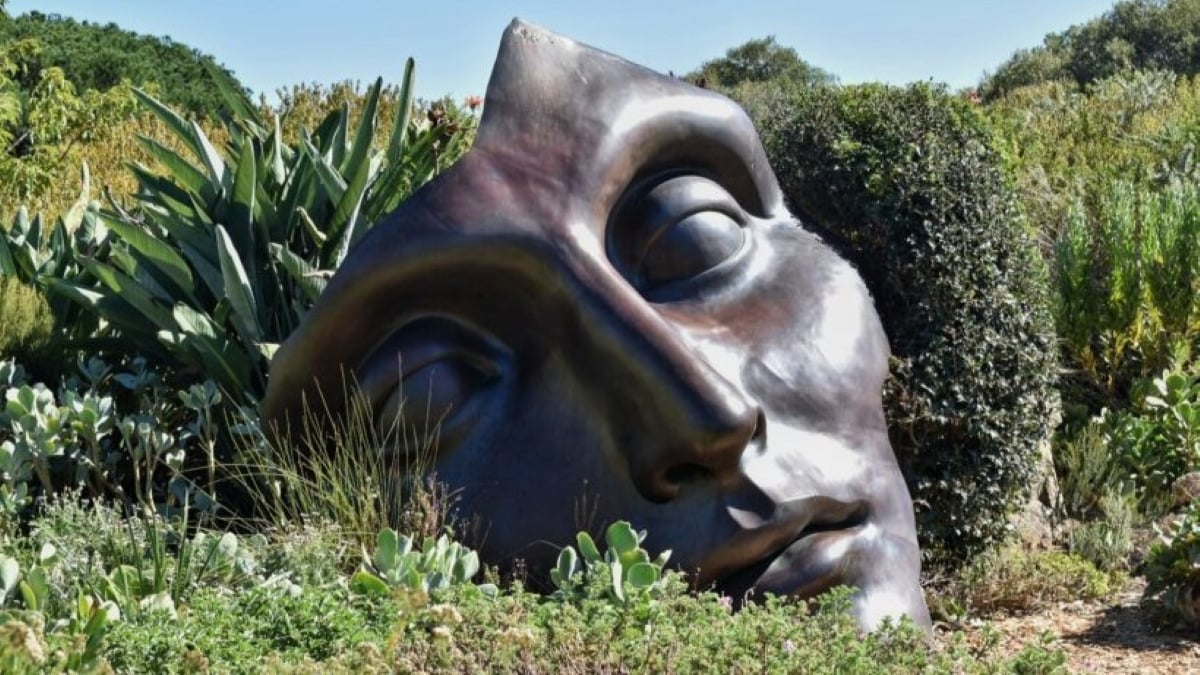

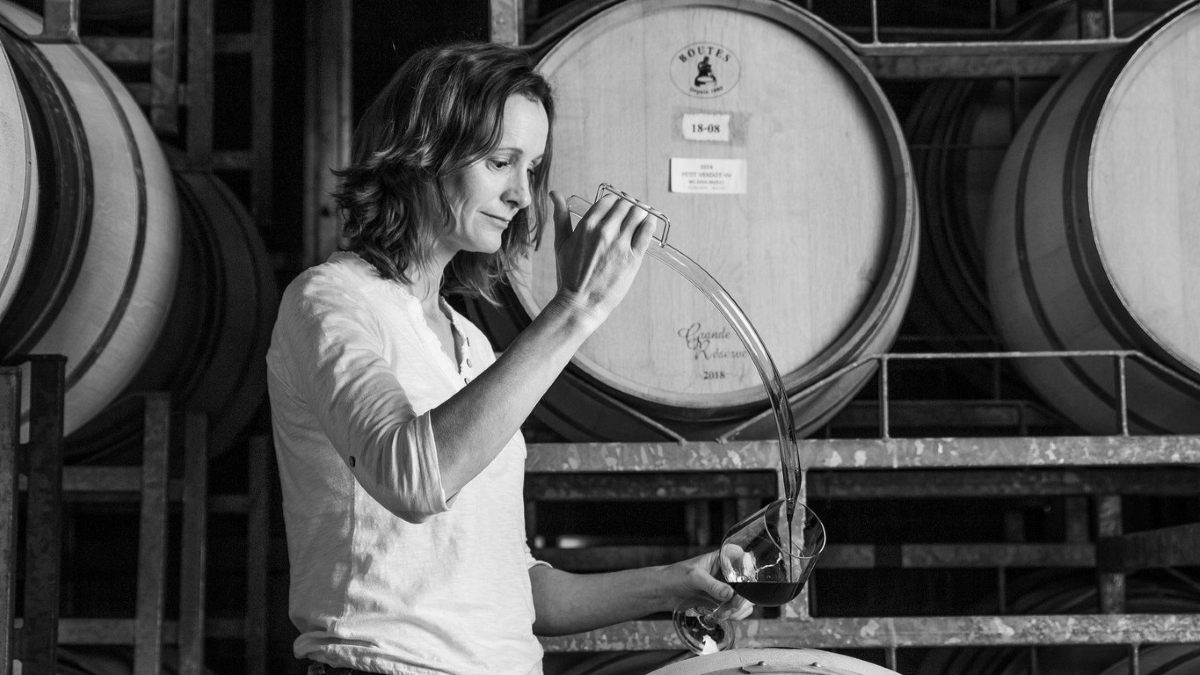
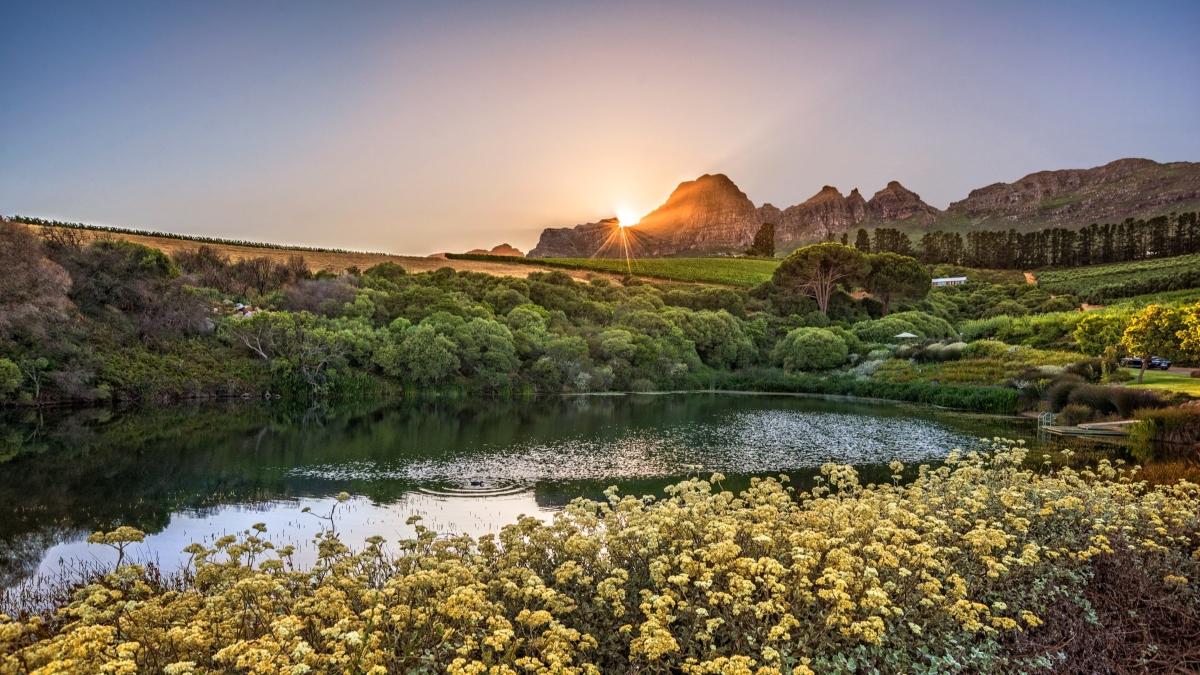



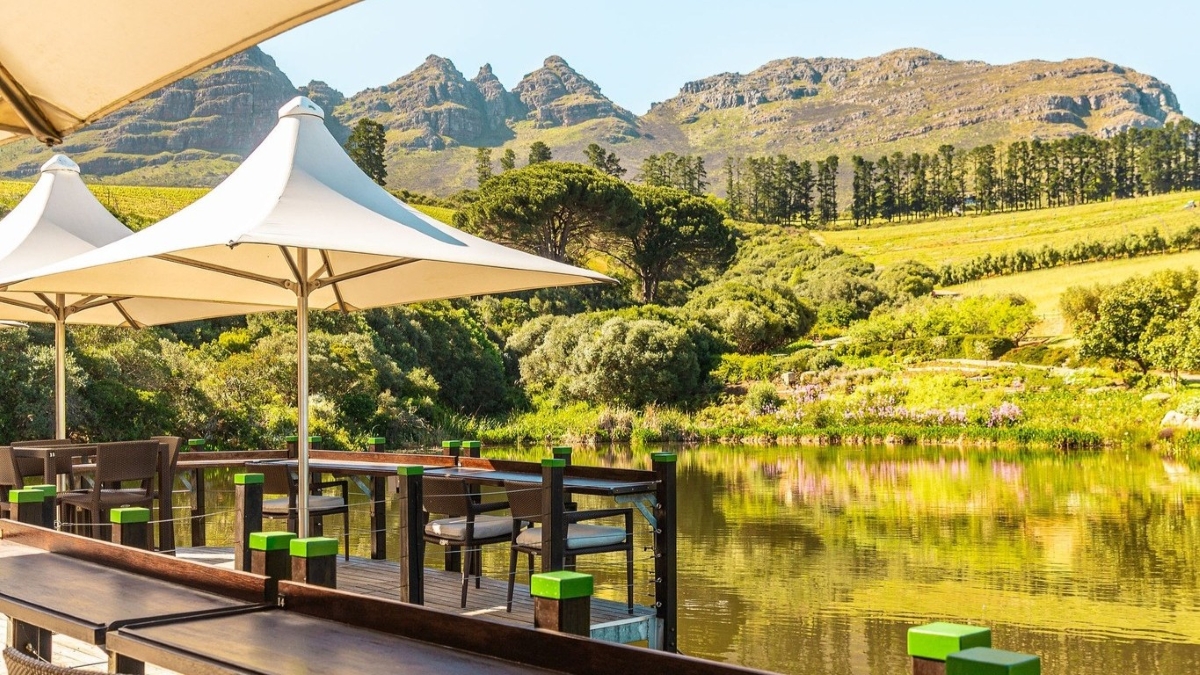
You have read 1 out of 5 free articles. Log in or register for unlimited access.


Dining and Cooking